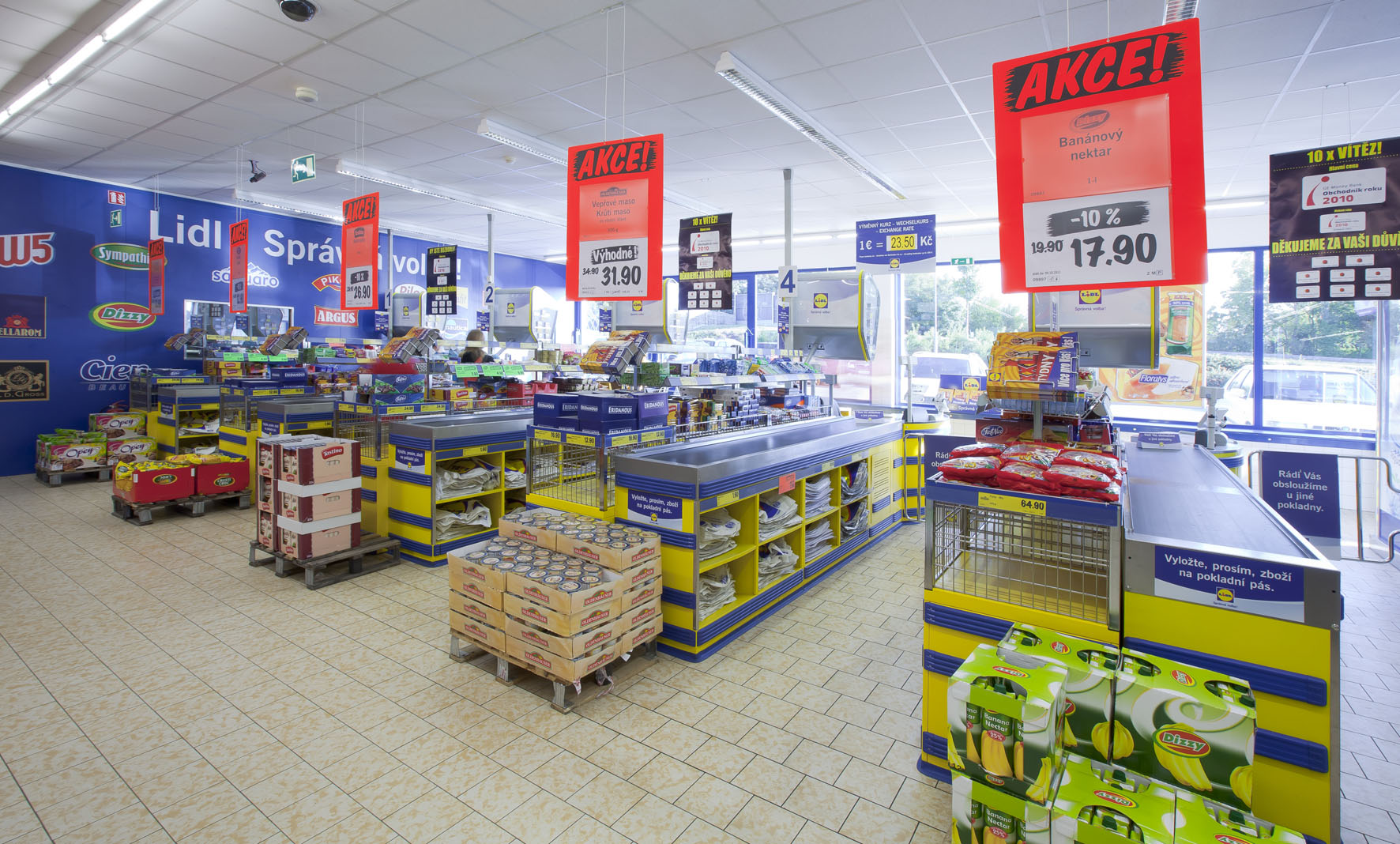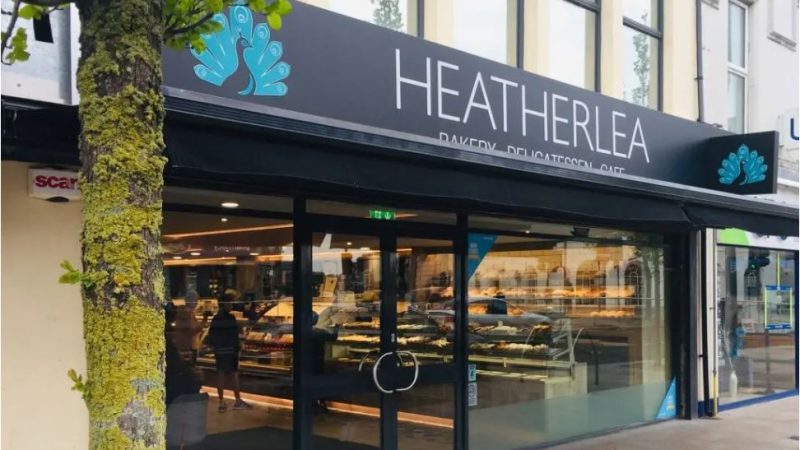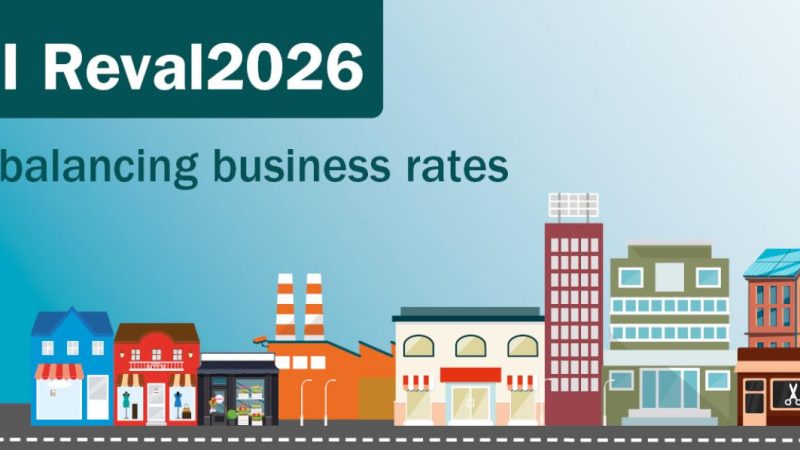Is less really more?

The rise of the discounters
According to figures from Kantar Worldpanel, UK consumers spent an extra £450m on groceries over the festive period compared to last year.
Discounters Aldi and Lidl came out on top, with a combined market share of 12.7 percent. Around two-thirds of households in the UK chose to shop at either of these stores over the 12 weeks to December 30, making it the most successful Christmas yet for both supermarkets.
Although Tesco still holds the title for the most dominant supermarket chain in Northern Ireland with around 50 stores across the country, Lidl’s store count is not far behind.
The German supermarket recently revealed plans for their 39th store in Dundonald. Although its 5.8 percent market share is still behind Tesco’s 35.3 percent, Lidl continues to be Northern Ireland’s fastest-growing retailer, with sales rising by 9 percent last year.
A spokesman for Lidl Northern Ireland said, “As Northern Ireland’s fastest-growing supermarket, we have embarked on a strategic and ambitious plan to increase our local footprint in the years ahead.
We look forward to bringing our successful high quality, low price proposition to thousands of additional customers in the years ahead, investing further and adding new jobs.”
The rapid growth of discounters has become one of the biggest UK grocery retail trends over the last couple of years.
Apart from the obvious difference on price, there are several factors to why this is the case.
One of the biggest ways is how discounters are radically simplifying the shopping experience. In a progressive world of choice, increasing promotional intensity and multiple price tiers in categories, having a simpler shopping experience has never been more desirable. A wide range of choice is great for the consumer in theory, but it can make shopping more challenging in practice.
As other retailers choose to display an expansive range of products, many discounters opt to keep things simple by limiting the range in each category, providing an easier way to find and compare products.
There are usually fewer store promotions in discounters too, which many consumers prefer. Bigger supermarkets tend to run multiple promotions at any given time, which can be an overload of information for shoppers.
Kantar Worldpanel also found that customers’ satisfaction in stores like Morrisons was considerably higher than before. Measures such as “colleague friendliness and checkout experience” had “increased significantly”, which it said was an important measure of its progress in turning around the business. The smaller store size that is typical for discounters generally allows more opportunity for social engagement between servers and customers.
The rapid success of these discount stores has given mega supermarkets a run for their money. So much so, that Tesco recently launched their very own discount store “Jack’s” in Britain.
The new budget store, named after Tesco’s late founder Jack Cohen, takes on a similar layout to Aldi and Lidl with wider aisles, polished concrete floors and pallets rather than elaborate displays.
Jack’s also displays a simpler, more limited range of products than a traditional Tesco branch, with around 2,600 against the tens of thousands on sale in Tesco.
When launching the new store supermarket chief executive Dave Lewis said: “Jack Cohen championed value for customers and changed the face of British shopping.” As a result, Mr Lewis said Jack’s aims to be the “cheapest in town”, through lower operating costs at its pared back stores.
As more and more consumers across the UK choose the efficient business model of budget stores over the more traditional ones, the future looks bright for the discounters.







